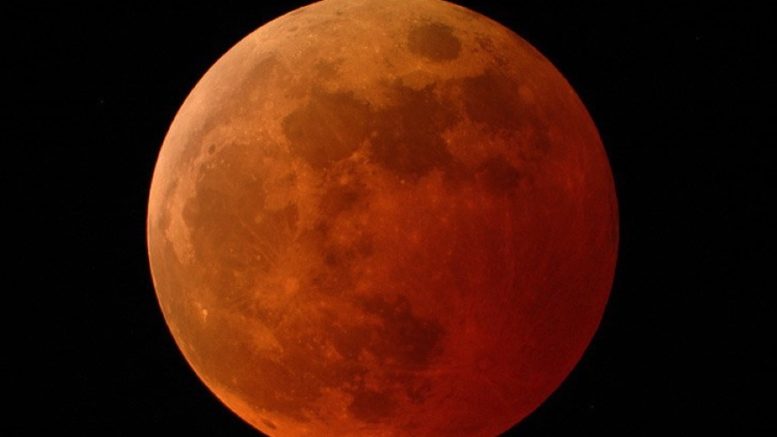Although thought of as less glamorous than solar eclipses, Lunar Eclipses are definitely a site worth seeing and experiencing!
What is a Lunar Eclipse?
A lunar eclipse occurs when Earth’s shadow blocks the sun’s light, which otherwise reflects off the moon. Therefore, this means that a lunar eclipse can occur only at full moon.
What are the different types?
Total lunar eclipse: During a Total Lunar Eclipse, the Earth’s full, umbral, shadow falls on the moon. Although this does not cause the moon to completely disappear, it does cast a spooky darkness that is easy to miss if not aware of the eclipse.
Partial lunar eclipse: During the partial lunar eclipses, the sun, Earth, and moon are not quite perfectly aligned. This shows up to skywatchers as the Earth’s shadow appearing to take a bite out of the moon. “What people see from Earth during a partial lunar eclipse depends on how the sun, Earth and moon are lined up,” according to NASA.
Penumbral lunar eclipse: This type of eclipse occurs when the moon is in Earth’s faint outer, penumbral, shadow. The effects of these lunar eclipses is very subtle and hard to find, which is a result of the moon being subtly shaded by Earth’s shadow.
The Blood Moon
During certain lunar eclipses, the moon can turn a shade of red, which is named a Blood Moon. The reddish color of a totally eclipsed Moon observed by those on Earth is a result of the sunlight scattering. The green to violet wavelengths on the visible spectrum scatter more strongly than the red, which ash the result of giving the Moon a reddish hue.
How often do eclipses occur?
Although NASA has stated that each year there will be between two to four solar eclipses, lunar eclipses are less frequent. NASA has stated that “in any one calendar year, the maximum number of eclipses is four solar and three lunar.” Although there are a greater number of solar eclipses on average, more people can see lunar eclipses because solar eclipses can only be seen along a roughly 50-mile wide path. However, each lunar eclipse is visible from over half the Earth.
How To Watch A Lunar Eclipse?
No telescopes or special equipment is required to watch a Lunar Eclipse. If you’re looking to photograph the moon, check out our article written by expert photographers Konstantin and Michael!
Interesting Cultural Myths
There are cultures that have myths related to lunar eclipses as being a good or bad omen. The Egyptians saw the eclipse as a sow swallowing the moon for a short time. Cultures such as the Mayans or Incans viewed the eclipse as the Moon being swallowed by other animals. Early Chinese culture saw lunar eclipses as the Moon being swallowed by a three legged toad. Other societies thought there was a demon swallowing the Moon, and that the society could chase away the demon by throwing stones and cursing at it. Some Hindus believe in the importance of bathing in the Ganges River following an eclipse because it will help to achieve salvation. The Greeks used the shadow from the lunar eclipse as evidence to prove that the Earth was flat.
Resources
NASA Lunar Eclipse Page https://eclipse.gsfc.nasa.gov/lunar.html

Leave a comment